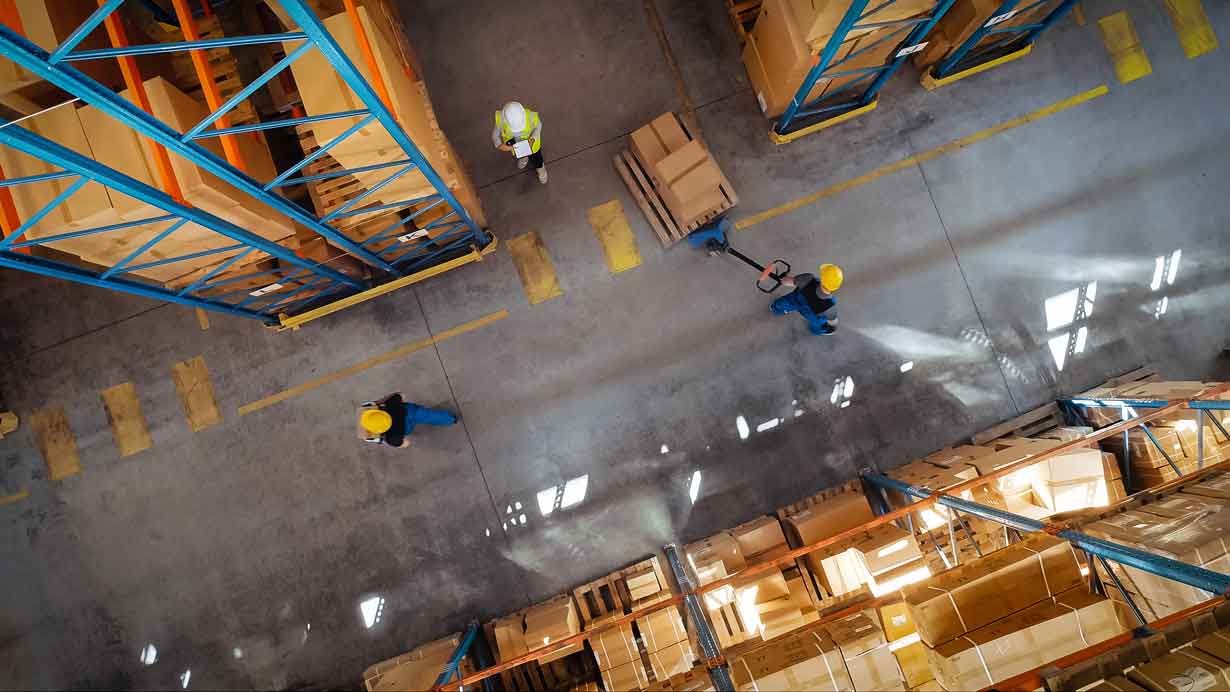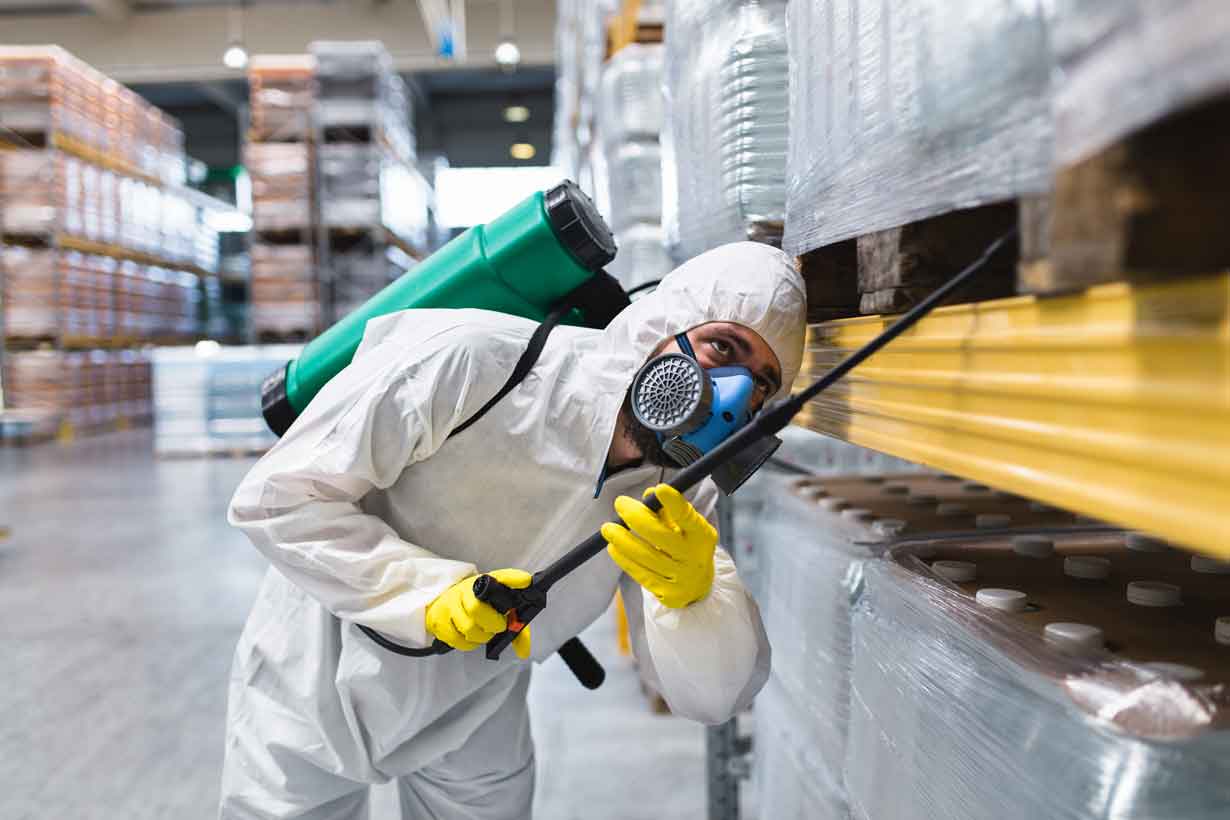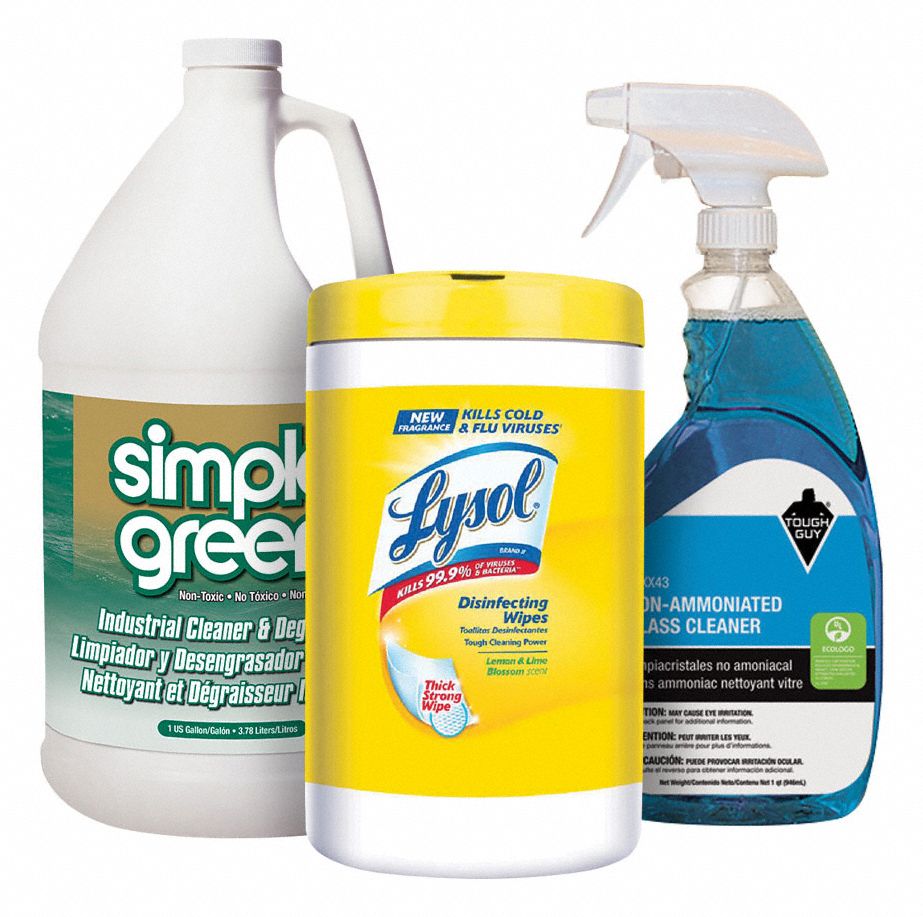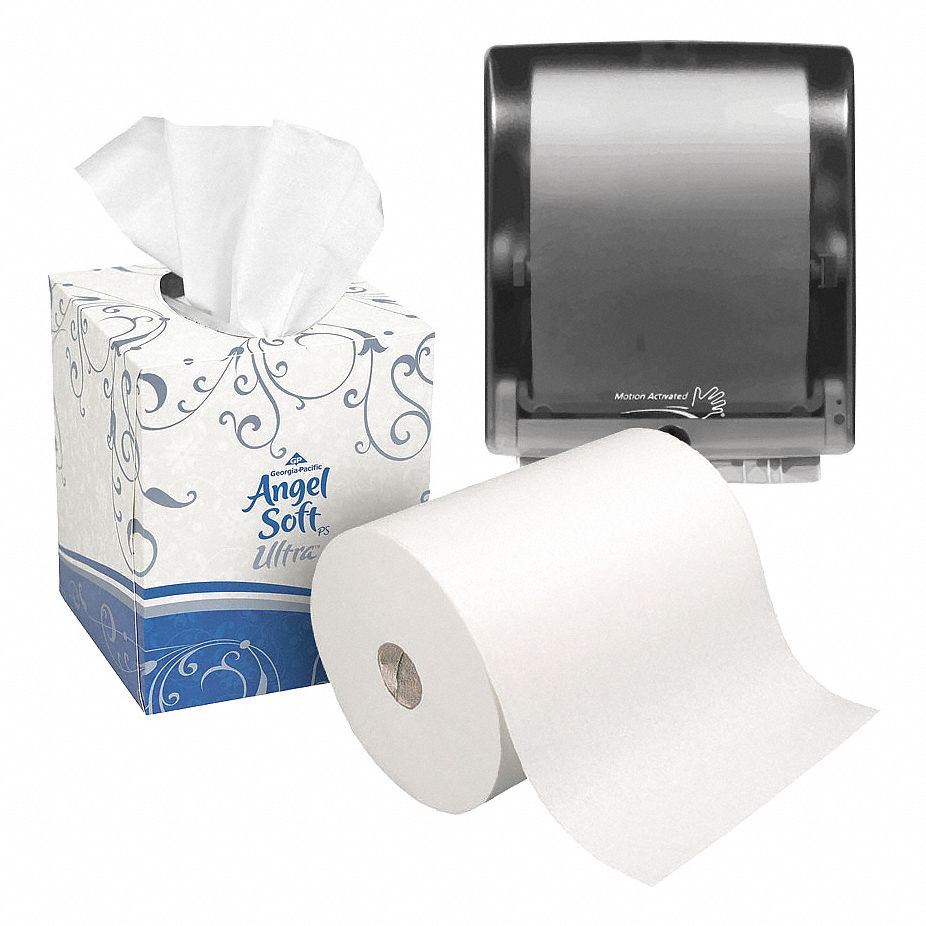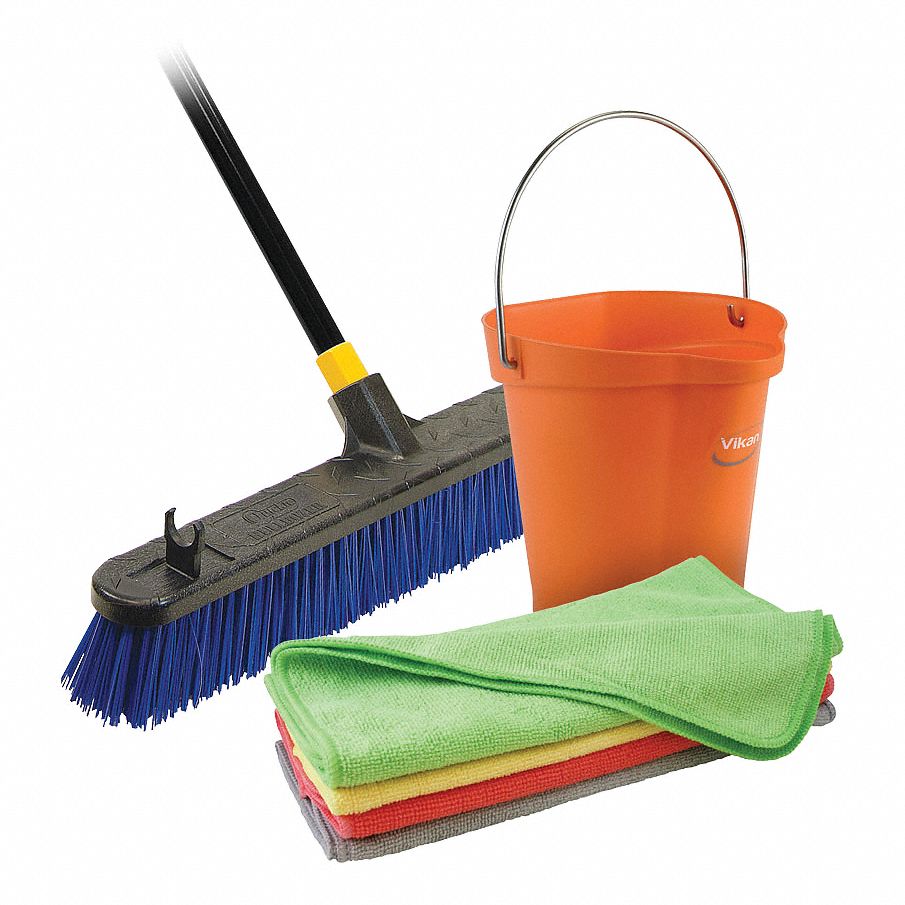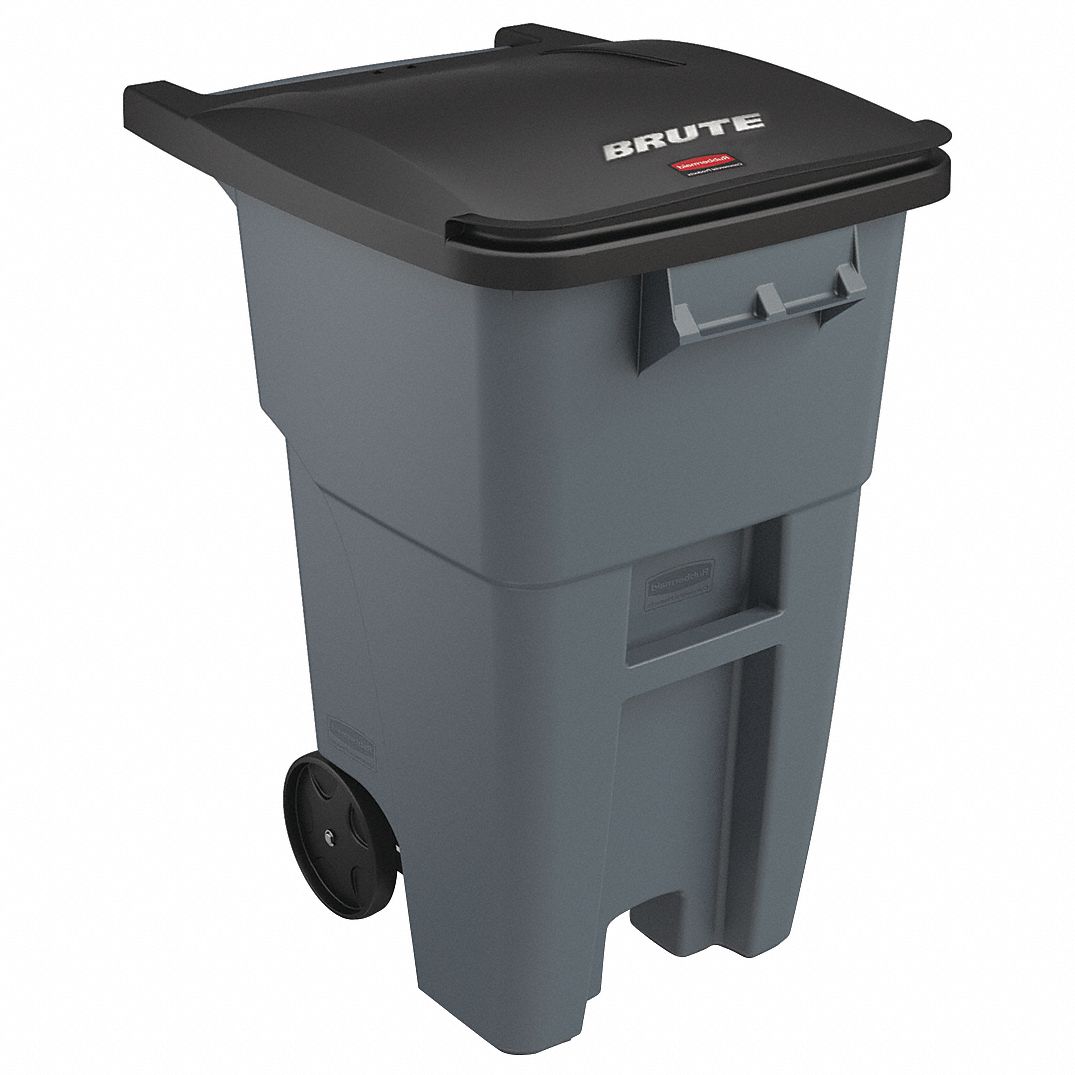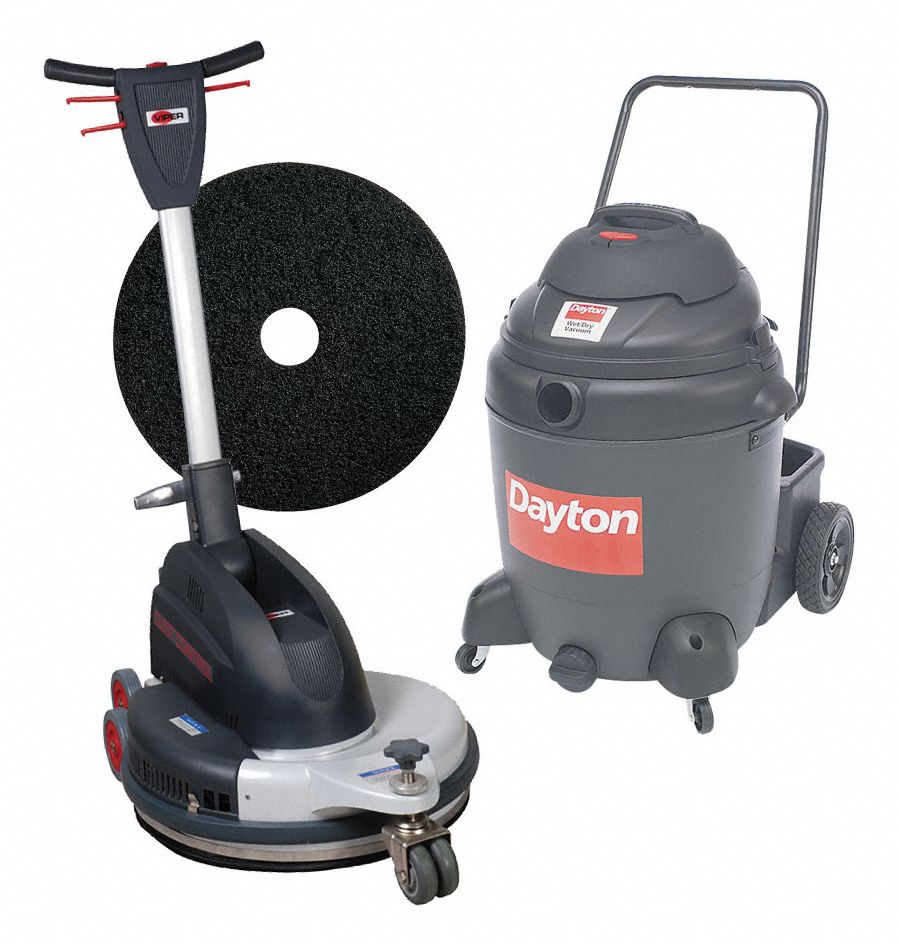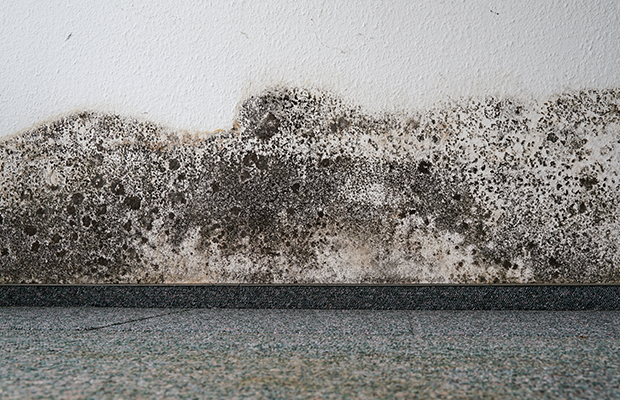

Mold Control: Critical Tips on How to Clean Up and Prevent Mold After a Flood
By Grainger Editorial Staff 7/31/23


After a hurricane blows through and the heavy rains recede or the snow starts to melt after a blizzard, your problems may be just beginning. Water damage from a flood can quickly lead to mold, posing serious health risks.
Controlling moisture is the key to preventing mold. According to OSHA, mold spores continually float through indoor and outdoor air, enabling mold to grow on virtually any substance when moisture, oxygen and an organic source are present. Mold can significantly impact indoor air quality, so it’s important to act quickly after sustaining water damage.
By finding and eliminating sources of moisture, you can reduce the chances of ever getting mold in the first place. These tips can help you start the cleanup effort and help prevent mold.
Preventing Mold After Flooding: Key Steps
The only way to prevent mold from growing is to dry the affected area as quickly as possible. Follow these steps:
- Ventilate the area: Open up the building if it’s less humid outside. Generally, you’ll want to open the building during the day and close it up overnight.
- Remove wet materials: Quickly dispose of any soaked porous materials such as ceiling tiles, papers and insulation. These can contain mold spores and are difficult to dry thoroughly.
- Clean and disinfect: Use disinfectants or sanitizers to clean exposed surfaces. Scrub hard surfaces like tile, stone and wood with soapy water and a bristle brush. Ensure surfaces are thoroughly dried after cleaning.
- Carpet extraction: If you can’t get rid of saturated carpeting right away, remove water from it with a carpet extractor or wet/dry vacuum.
- Circulate air: Use fans to circulate air into the space and speed up evaporation unless mold has started to grow. Fans can spread existing mold.
- Dehumidify: Use dehumidifiers to reduce the moisture content of the air and help things dry more quickly, especially in closed areas. A home and office dehumidifier may be enough for smaller areas, but large spaces and moisture-saturated areas may require an industrial/commercial dehumidifier or a restoration dehumidifier.
![]() Mold Control and Prevention Essentials
Mold Control and Prevention Essentials
Effective Mold Cleanup Methods
Mold cleanup steps vary depending on the amount of water damage. Common household items like bleach and dish detergent can be used to clean mold on hard surfaces like flooring, countertops and wood.
The Federal Emergency Management Agency and CDC recommend these cleaning products for mold and mildew removal:
- Commercial mold and mildew removers
- Washing soda or tri-sodium phosphate: Use 5 tablespoons per gallon of water.
- Bleach solution: A solution of bleach and water (no more than one cup/8oz. of laundry bleach per gallon of water).
Use the appropriate precautions and protective equipment for mold remediation when cleaning with bleach, tri-sodium phosphate or other heavy-duty cleaners.
![]() Essential Supplies for Mold Cleanup
Essential Supplies for Mold Cleanup
When to Call a Professional
Whether a professional is needed for mold remediation depends on several factors. According to the EPA, if the area is less than 10 square feet, you can handle the job by following the agency's Mold Cleanup Tips and Techniques. However, if there has been significant water damage or the mold growth covers more than 10 square feet, refer to the EPA guide Mold Remediation in Schools and Commercial Buildings. If you’re unsure about the total scope of your project, it’s best to consult an experienced mold remediation company.
General Safety Precautions After a Flood
The CDC recommends wearing gloves, goggles and an N-95 respirator when cleaning up flood damage and debris. Never mix bleach or ammonia with any other cleaner. It’s also important to have your HVAC system checked and cleaned by a service professional experienced in mold cleanup before turning it on. If your HVAC system was flooded with water, turning it on could spread mold.
Frequently Asked Questions
Mold growth will start quickly — within 24 to 48 hours of water exposure. Mold colonies will continue to grow as long as the moisture level is high. According to the CDC, mold often grows on wood, paper products, ceiling tiles and cardboard. Mold can also grow in dust, insulation, drywall, wallpaper, paints, carpet, fabric and upholstery.
Run a dehumidifier until porous surfaces in the space have dried out completely. It can take anywhere from two days to several weeks to dry out a flood-damaged building. Materials like plaster and insulation will take a long time to dry, so it may be better to replace them entirely. Until everything is dry, mold can continue to damage the building. Low relative humidity pulls moisture out of these surfaces, and humidity levels below 50 percent will discourage mold growth. You can use a moisture meter to get accurate readings.
As a general rule of thumb, mold will continue to grow. Dirt and old stains won’t. However, if you notice a spot on your wall and aren’t sure if it’s just a typical stain, here’s how to tell if it could be a sign of a bigger mold problem:
- It has a musty smell.
- The material it’s growing on is warping, cracking or peeling.
- A drop of bleach lightens its color within 1-2 minutes.
- A source of moisture without much light is nearby.
Beyond the obvious locations where mold could be visible, consider several mold hotspots you may have missed like drain trays.
Mold exposure can trigger allergic reactions or even asthma attacks in individuals. Some common symptoms include:
- Stuffy or runny nose
- Cough
- Itchy or sore throat
- Sneezing
- Itchy or watery eyes
- Wheezing
- Severe allergic responses like rhinitis, asthma, pneumonia and infections
For more information, visit the CDC’s Mold Cleanup and Remediation page.
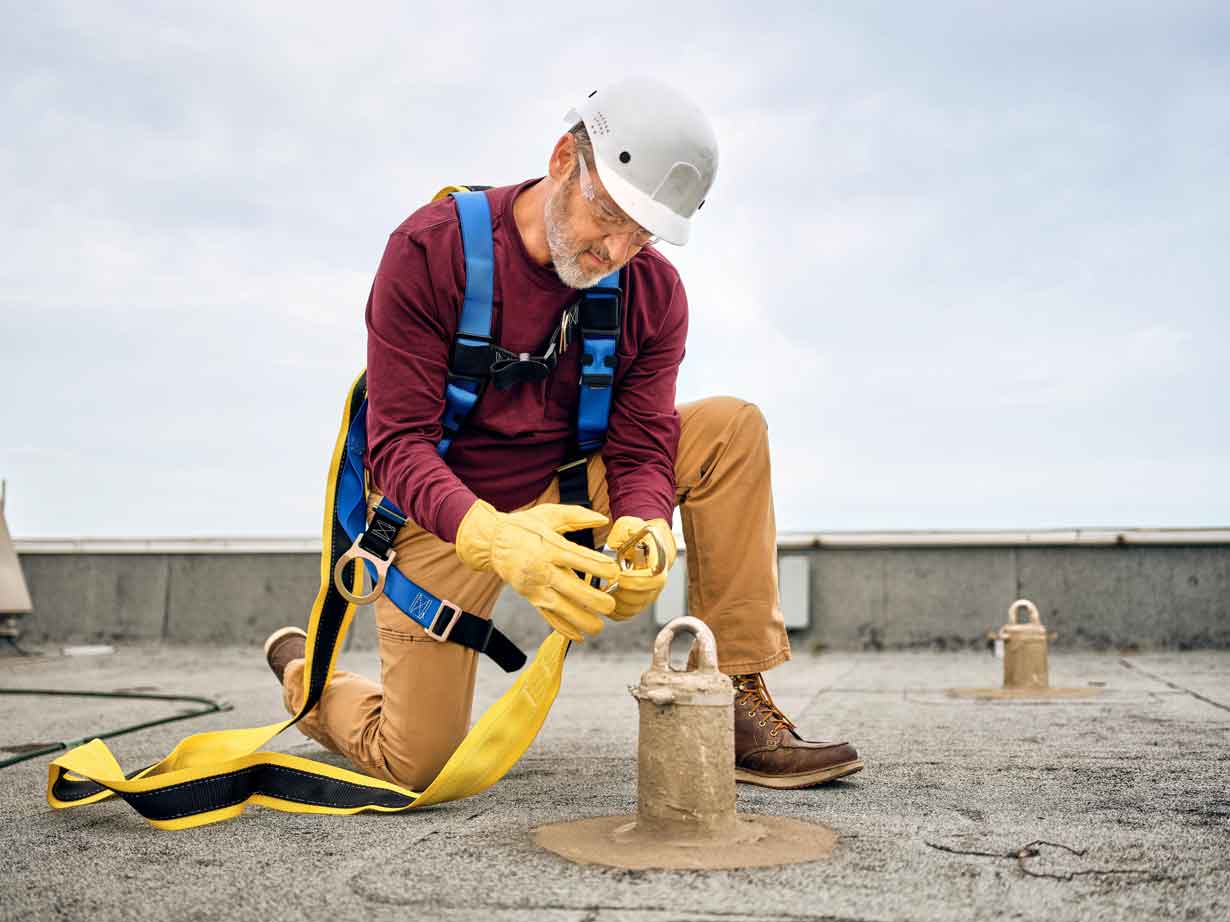
PPE in the Workplace
Lanyards vs. SRLs: Understanding Fall Protection Systems
Shock-absorbing lanyards and self-retracting lifelines both protect against falls, but they work differently. Learn how movement, clearance and system design affect each one.
![]() OUR LATEST KNOWHOW
OUR LATEST KNOWHOW
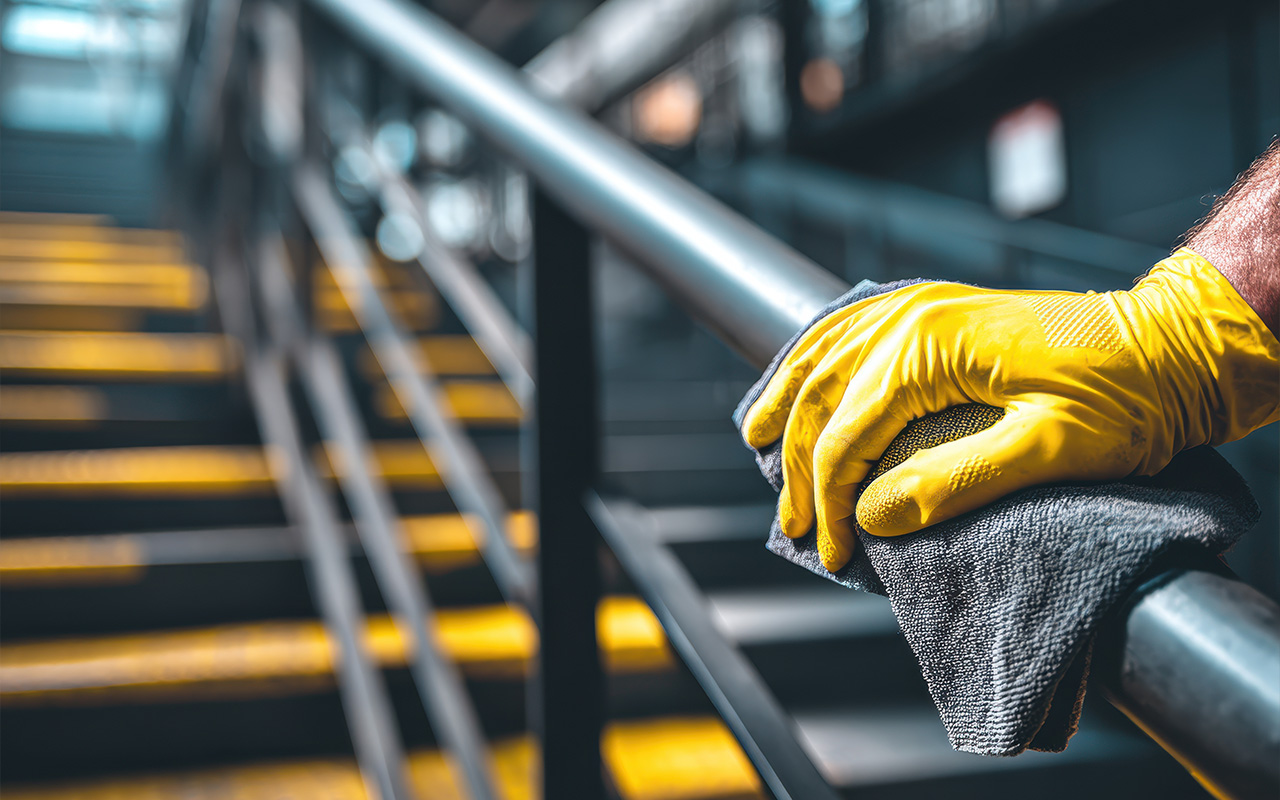
Equipment
Are You Using the Best Cleaning Cloth for the Task?
It's easy to get into the habit of using the same basic cloths for most cleaning tasks. Consider these options for better, more efficient ways to trap dirt and dust throughout your facility.
The information contained in this article is intended for general information purposes only and is based on information available as of the initial date of publication. No representation is made that the information or references are complete or remain current. This article is not a substitute for review of current applicable government regulations, industry standards, or other standards specific to your business and/or activities and should not be construed as legal advice or opinion. Readers with specific questions should refer to the applicable standards or consult with an attorney.













